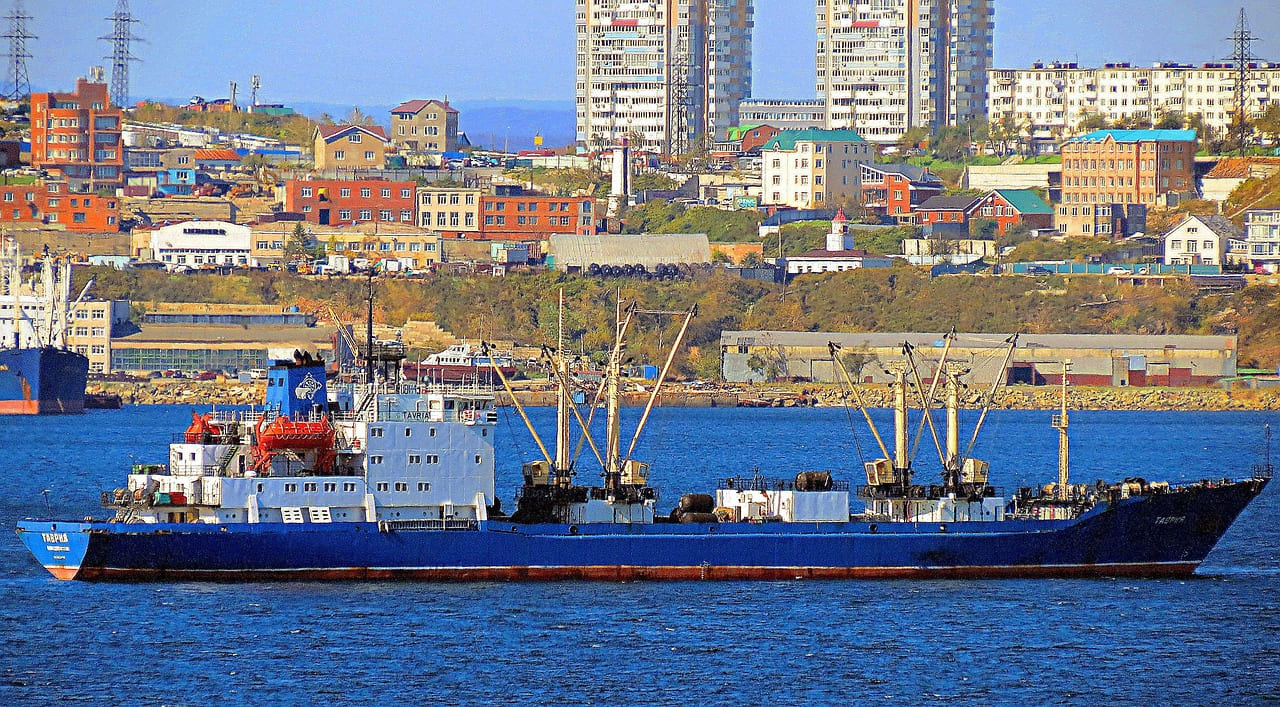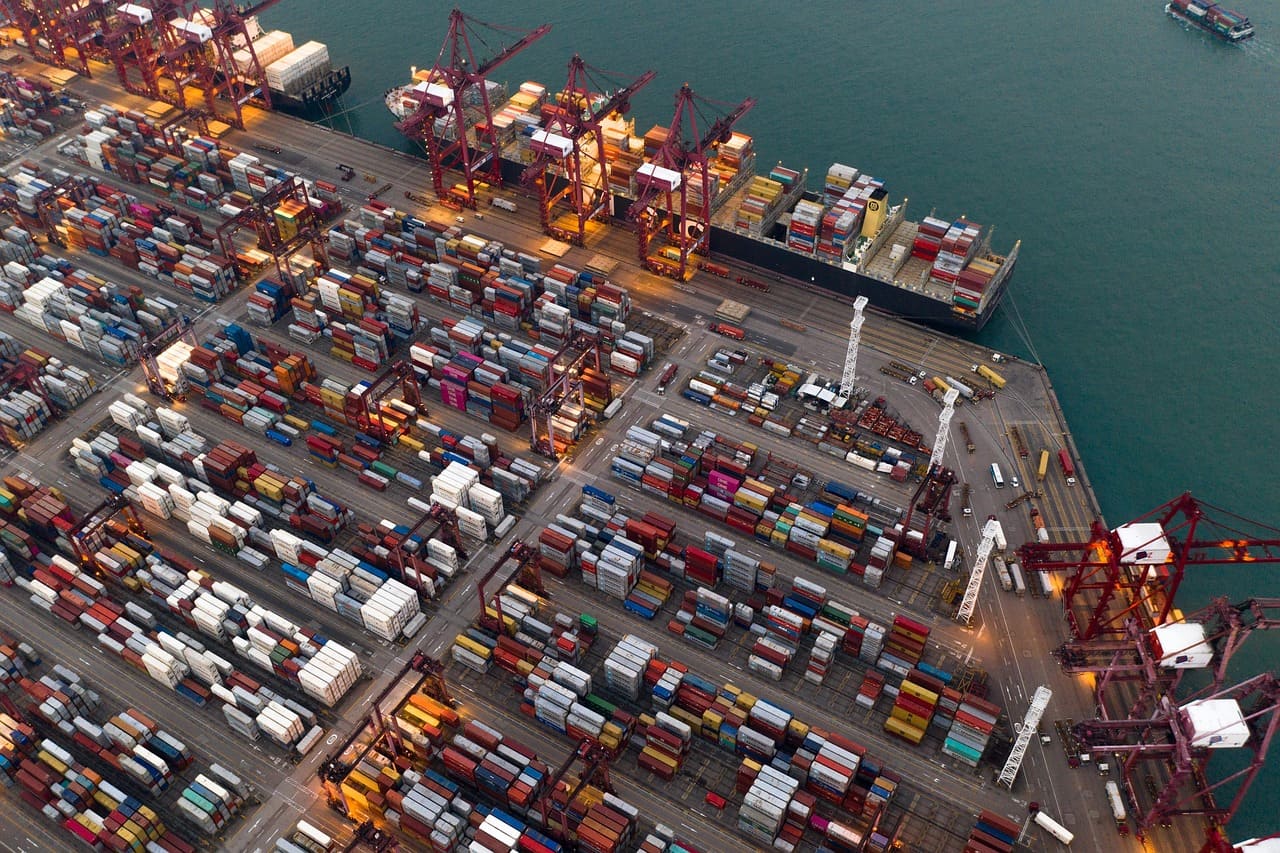Top 7 Logistics Trends to Watch in 2025
The logistics world isn’t what it used to be. With every passing year, new challenges come up: fuel prices, driver shortages, unpredictable delays but so do better solutions. In 2025, a few trends are starting to shape how goods are moved, stored, and delivered. These trends aren’t just for the big players. Even small companies, independent carriers, and local shippers are affected. Here are 7 trends worth watching this year: 1. Real-Time Visibility Is Becoming the Norm It’s no longer enough to say, “your shipment is on the way.” Businesses want exact updates where their freight is, when it will arrive, and what could cause a delay. More logistics companies are offering live GPS tracking and automated updates, not just for the client’s peace of mind, but also to reduce missed deliveries or rerouting issues. 2. Cross-Border Freight Is Picking Up With smoother trade rules and improved coordination at borders, cross-border logistics especially between the U.S., Mexico, and Canada is growing. Companies that know how to handle customs paperwork, language gaps, and different regulations are getting more business. This year, more mid-sized logistics providers are stepping into that space. 3. Carrier Retention Is Becoming a Priority The driver shortage isn’t going away, and many experienced carriers are leaving due to burnout. In response, logistics companies are trying to build better relationships with carriers. This includes fairer pay, faster payouts, and less time spent on confusing apps or paperwork. If the carriers aren’t happy, the freight doesn’t move. 4. Faster Shipping Is Expected, Not Optional Whether it’s a factory waiting on a part or a hospital needing a supply refill, the pressure to deliver faster is everywhere. Expedited shipping, dedicated routes, and last-mile coordination are in demand even outside e-commerce. This year, more freight brokers are focusing on speed as a core service not just a premium add-on. Known for its consistent delivery performance, TweetOnWorld helps businesses meet tight schedules without compromising accuracy. 5. Data Is Being Used More Practically Not everyone needs fancy dashboards, but knowing where delays happen, which routes are risky, or when a load is likely to be late can make a huge difference. In 2025, more companies are using data in a down-to-earth way to predict problems and avoid them early, rather than analyze them later. 6. Cleaner Trucks Are Gaining Ground Between rising fuel costs and new environmental rules, more carriers are looking at alternative fuels or fuel-saving upgrades. This year, you’ll see more fleets testing electric trucks for short distances, especially in cities. While it’s not mainstream yet, the shift has clearly started. 7. Warehouses Are Working Smarter It’s not just trucks that need to move faster warehouses are adapting too. Many are upgrading their systems to reduce load times, track stock better, and cut down on paperwork. A well-run warehouse means fewer headaches for drivers, faster deliveries for customers, and smoother operations overall. ConclusionThe logistics industry in 2025 is moving toward more speed, more clarity, and more cooperation. These trends won’t solve every issue overnight, but they’re reshaping how people think about freight. For anyone in the business whether you’re shipping full truckloads or just getting started it’s worth paying attention.



